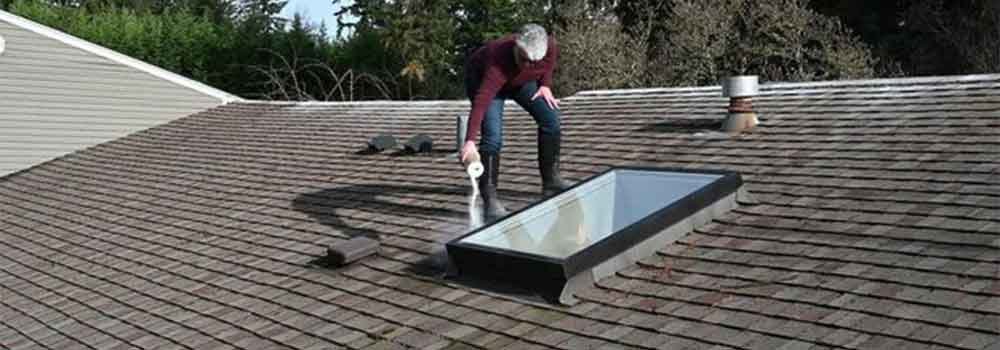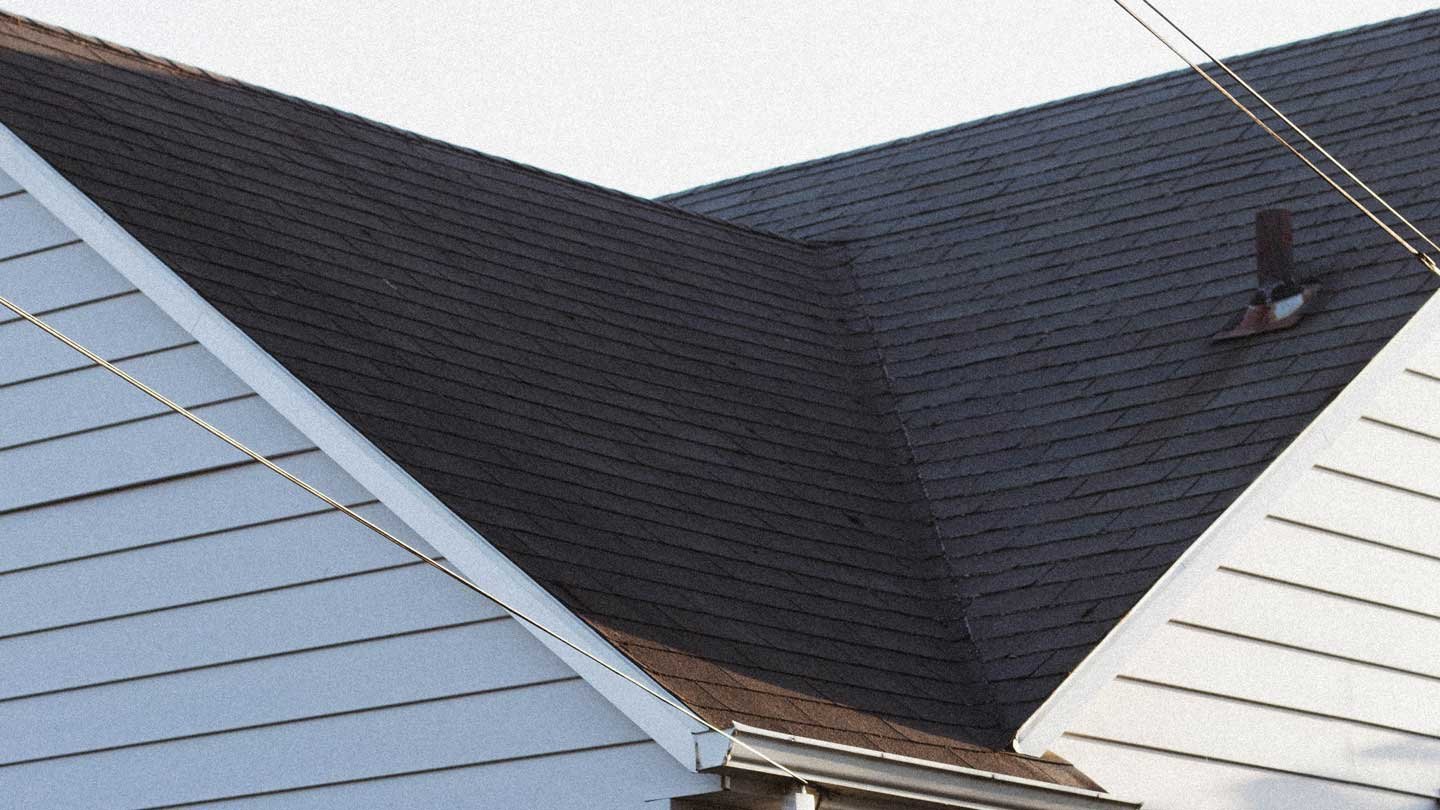While it may not be the most riveting discussion, proper roof ventilation is essential to a healthy and pleasant living space. A well-ventilated roof is crucial to your home’s comfort, health, and stability; it’s not a luxury.
It’s important to ensure your attic has enough ventilation, whether in a hot or rainy environment. In this article, we’ll discuss the importance of roof ventilation and how it may improve your house. Continue reading before you look for a metal building builder.
The Basics of Roof Ventilation

A well-ventilated attic or roof area results from a careful balance between intake and exhaust vents—improved quality of life results from well-distributed air, which controls humidity and temperature.
Located along the eaves or soffits, intake vents let outside air into the attic space. These openings allow fresh air from the outside to enter the attic.
On the other side, exhaust vents sit atop the roof, close to the ridge or gables. Warm, stale air may escape via these openings, allowing fresh air to move upwards. Exhaust vents make your house cooler by releasing hot air outside rather than letting it soak in via windows and doors.
Cooling Effect in Summer
When the sun is directly above you on a hot summer day, its rays will heat your roof and, in turn, your attic. This stored heat may radiate into the living spaces, making them unbearably warm if enough ventilation is not provided.
On the other hand, effective roof ventilation allows hot air to escape through the exhaust vents, resulting in a constant flow of air. Cooler air is sucked in via the intake vents to replace the heated air that rises and exits. This decreases the temperature in your attic considerably, limiting the amount of heat that may be transferred into your home from the attic.
A well-ventilated roof reduces the load on your air conditioner by keeping your house at a more constant temperature. As a result, you’ll use less energy and save money on your monthly expenses. A well-ventilated roof may save energy costs and increase comfort within the home.
Moisture Prevention
Mold development, rotting wood, and structural damage are some issues that may result from excess moisture. If your roof doesn’t have enough ventilation, your attic might become a breeding ground for mold and mildew.
Condensation may form on the bottom of the roof deck or the insulation as warm, wet air from your living quarters rises into the attic. Condensation causes the formation of mold and mildew, which degrades indoor air quality and poses health hazards if left unchecked.
Improved Indoor Air Quality
Your family’s health and happiness depend largely on the air quality they breathe at home. Surprisingly, owing to the buildup of hazardous elements and volatile organic compounds (VOCs), indoor air might be more contaminated than outside air.
These contaminants may build up in your attic and leak into your home over time if you don’t have proper roof ventilation. Problems breathing, allergic reactions, and other illnesses are possible outcomes.
Fresh air from outside may replace stale air thanks to well-ventilated roofs. Fresh air is sucked in via the intake vents while heated air rises and leaves through the exhaust vents. More advantages, such as the preservation of roofing materials and the enhancement of energy efficiency, will be discussed below.
Protecting Roofing Materials
Roofing materials are susceptible to damage from extreme temperatures if you don’t use them by the help of expert roofer and metal building builder. When temperatures are very high, shingles may stretch and shatter, and when temperatures are low, ice dams can occur.
Having a well-ventilated roof may lessen the heat entering your house. It also means less money spent on electricity since your air conditioner doesn’t have to work as hard to keep the house at a suitable temperature. Investing in roof ventilation may reduce monthly energy costs and make a house more environmentally friendly.
Conclusion
A well-ventilated roof is crucial to your home’s comfort, health, and stability; it’s not a luxury. It’s important to ensure your attic has enough ventilation, whether in a hot or rainy environment.
Undoubtedly, having a well-ventilated roof may save you money and headaches in the long run. Don’t ignore this crucial part of house maintenance; provide enough ventilation for your roof.










